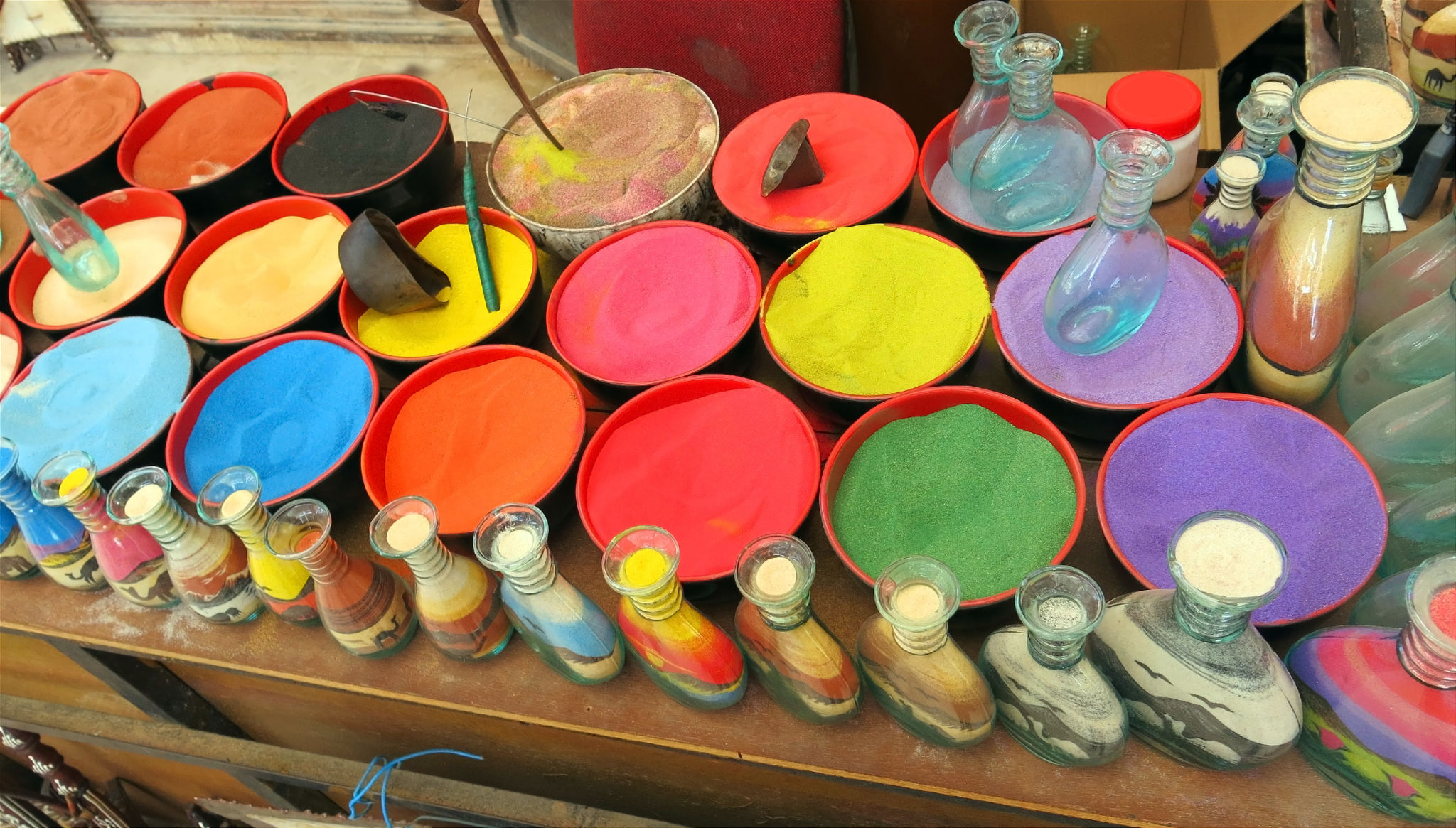Comprehensive Guide to Choosing the Right Dyes and Pigments for Your Industry
Understanding Dyes and Pigments
In the world of manufacturing, textiles, and art, choosing the right dyes and pigments is crucial. Both are colorants, but they differ significantly in their properties and applications. Dyes are soluble and used to color materials by penetrating them, whereas pigments are insoluble particles that adhere to surfaces. Understanding these differences is the first step in selecting the right option for your industry.

Factors to Consider When Choosing Dyes
When selecting dyes, it's essential to consider factors such as color fastness, which refers to the dye's ability to withstand washing, light, and other environmental factors without fading. Additionally, the material you’re working with plays a significant role. For instance, certain dyes are more suited for natural fibers like cotton and wool, while others are designed for synthetic fibers such as polyester.
It’s also important to consider the environmental impact of the dyes you choose. Many industries now prioritize eco-friendly options that reduce harmful emissions and waste. Opting for sustainable dyes not only benefits the environment but can also enhance brand reputation.
Selecting the Right Pigments
Pigments, unlike dyes, do not dissolve. They are mixed with a binder to adhere to surfaces, making them ideal for paints, inks, and plastics. The choice of pigment depends on factors such as opacity, lightfastness, and chemical resistance. Opacity determines how well the pigment covers the surface without showing through.

Lightfastness is crucial for products exposed to sunlight, ensuring they maintain their color over time. Chemical resistance is vital in industries where products may come into contact with harsh chemicals. By considering these aspects, businesses can select pigments that provide durability and vibrant colors.
Industry-Specific Considerations
Different industries have unique requirements when it comes to dyes and pigments. For instance, the textile industry often requires dyes that offer a wide range of vibrant colors and high wash-fastness. On the other hand, the automotive industry may prioritize pigments that provide excellent UV resistance and a high gloss finish.
The food industry must adhere to strict safety standards when using colorants, ensuring they are non-toxic and safe for consumption. Understanding your industry’s specific needs is critical in making an informed choice that aligns with both aesthetic goals and regulatory requirements.

The Role of Technology in Colorant Selection
Advancements in technology have significantly impacted how dyes and pigments are chosen and applied. Digital color matching tools allow for precise color selection and replication, reducing waste and improving efficiency. Additionally, innovations in dye chemistry have led to the development of smart dyes that change color based on temperature or light exposure, opening new possibilities for interactive and functional products.
Staying updated with technological advancements can provide a competitive edge in creating products that meet modern consumer demands while maintaining quality and sustainability.
Conclusion: Making the Right Choice
The selection of dyes and pigments is a critical decision that affects product quality, appearance, and sustainability. By understanding the properties of each type of colorant and considering industry-specific requirements, businesses can make informed decisions that enhance their products' appeal and functionality. Embracing technology and sustainability in this process will not only benefit your business but also contribute positively to the environment.
